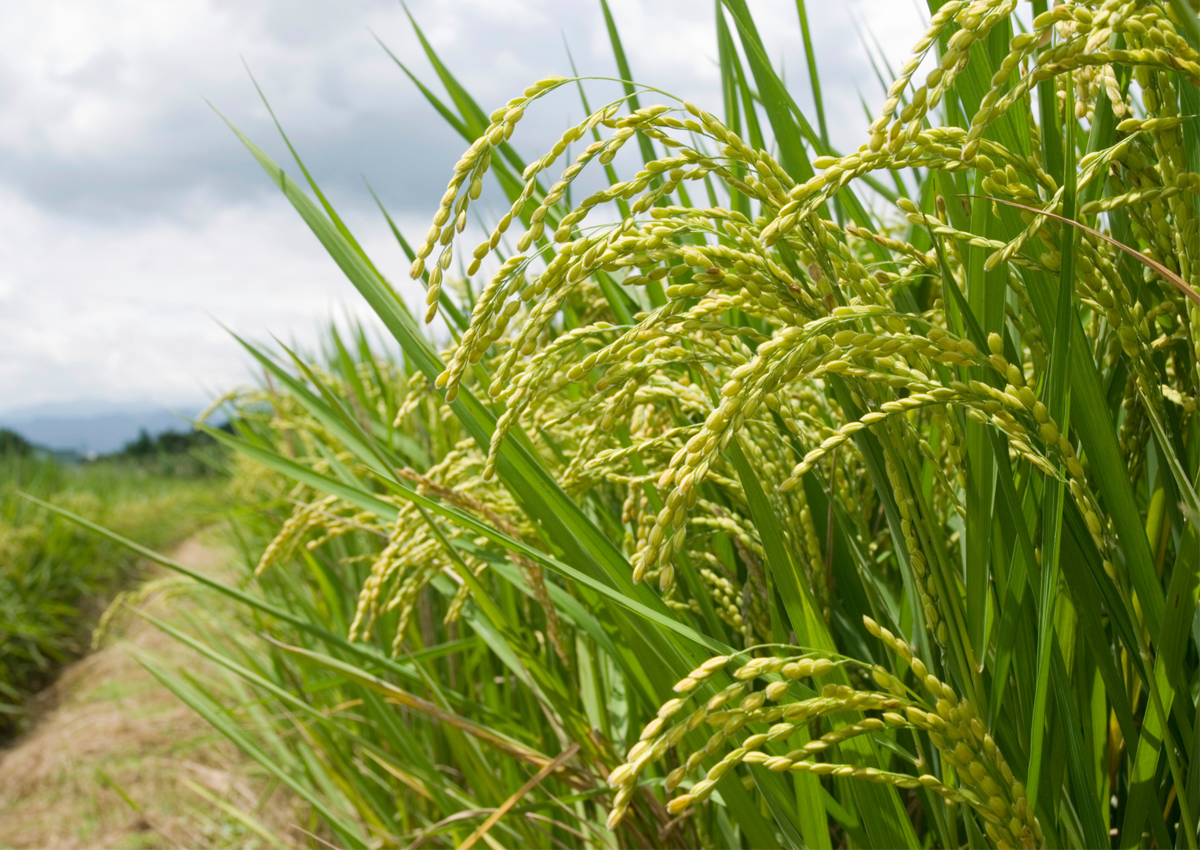
Study Shows Plants Regulate Growth-Inhibiting Hormones to Survive
August 5, 2020| |
Scientists from Nagoya University have, for the first time, observed one of the natural mechanisms in the regulation of the levels of growth inhibiting hormone in plants. Previously observed in bacteria, its discovery in plants will enable novel ways of increasing crop productivity globally. Using rice plants, the research team discovered that a process called "allosteric regulation" is involved in maintaining the phytohormonal balance in plants. Their research findings could significantly advance the research on plant growth and development, providing a potential solution for food security.
Lead scientist Professor Miyako Ueguchi-Tanaka of Nagoya University explains that they used X-ray crystallography. They found that, as molecules of the enzymes (gibberellin 2-oxidase 3 [GA2ox3], and auxin dioxygenase [DAO]) bind to gibberellin and auxin (respectively), they interact among themselves and form 'multimeric' structures, comprising four and two units, respectively. As the amounts of gibberellin and auxin increase, so does the rate of multimerization of the enzymes. And multimerization enhances the activity of the enzymes, enabling greater degradation of gibberellin and auxin. She adds that synchronous structural changes and activity enhancement are typical of allosteric-regulation events.
The research team further carried out "phylogenetic" analysis of GA2ox3 and DAO, and they discovered that plants independently developed this hormone regulation mechanism at three separate time-points over the course of the evolutionary process.
For more details, read the news article on the Nagoya University website.
| |
You might also like:
- Experts Discover Plant Hormone that Speeds Growth
- Rice Plant Architecture Engineered Using CRISPR-Cas9
- Study Finds that Hormone Keys Plant Growth or Stress Tolerance, But Not Both
Biotech Updates is a weekly newsletter of ISAAA, a not-for-profit organization. It is distributed for free to over 22,000 subscribers worldwide to inform them about the key developments in biosciences, especially in biotechnology. Your support will help us in our mission to feed the world with knowledge. You can help by donating as little as $10.
-
See more articles:
-
News from Around the World
- Svalbard Global Seed Vault Starts a Century-long Seed Experiment
- Nigerians Ready to Know More About GM Crops
- Study Shows Plants Regulate Growth-Inhibiting Hormones to Survive
- EFSA Releases Scientific Opinion on GM Oilseed Rape Ms8 x Rf3 x GT 73
-
Research Highlights
- Gene Inserted in Tobacco Plant Sheds Light to Increased Heat Stress Resistance
- Overexpression of Atsob3-6 Gene Variant Improves Seed Size, Seed Weight and Seedling Emergence in Camelina
-
Plant
- OsABCI7 and OsHCF222 Interaction Stabilizes Rice Thylakoid Membrane
- Gene Editing Breakthrough Seen to Improve Breeding of Barley Crops
- Researchers Map Largest, Most Complex CRISPR System
- Webinar: The Challenges of Communicating about Gene Technologies
-
Health
- More Countries Join the COVID-19 Food Coalition
- Study Finds SARS-CoV-2 Has Six Strains
-
Read the latest: - Biotech Updates (December 17, 2025)
- Gene Editing Supplement (December 17, 2025)
- Gene Drive Supplement (February 22, 2023)
-
Subscribe to BU: - Share
- Tweet

